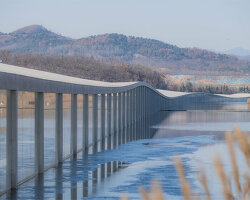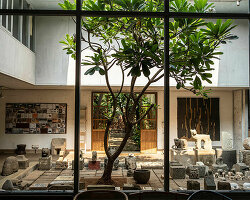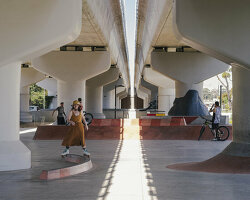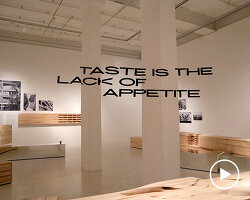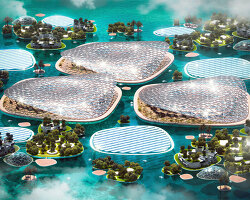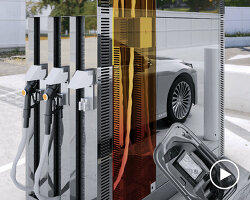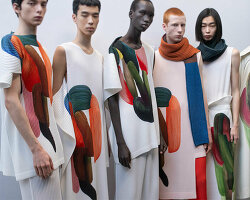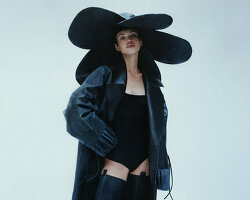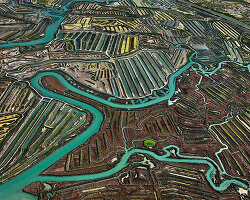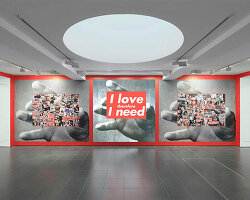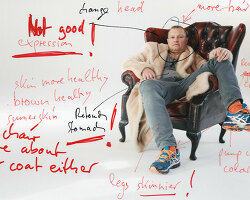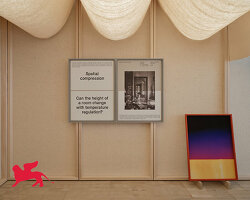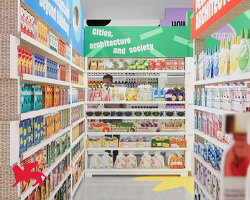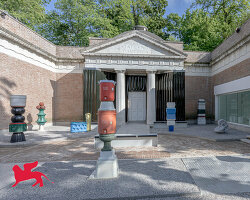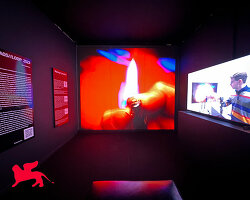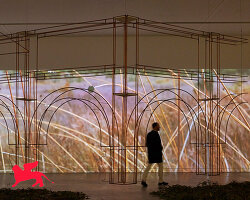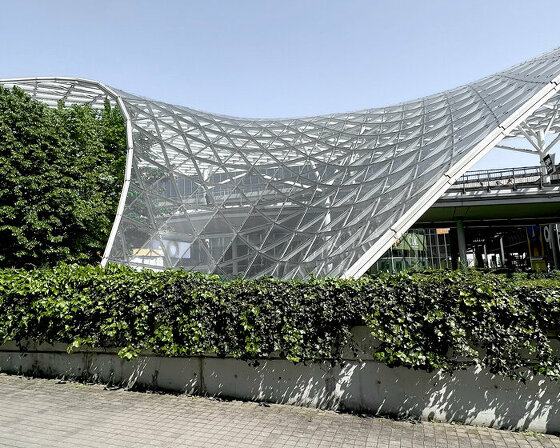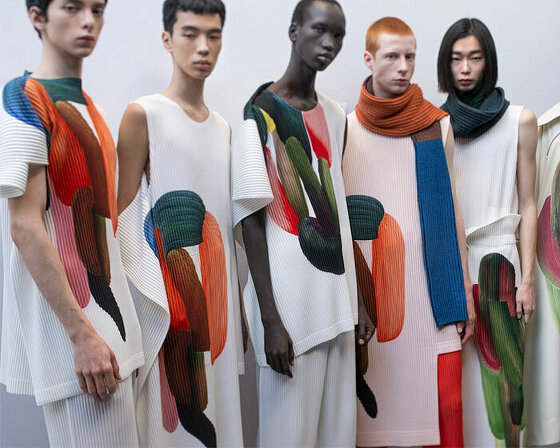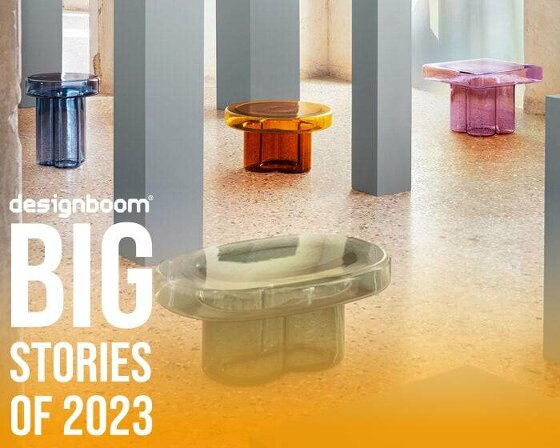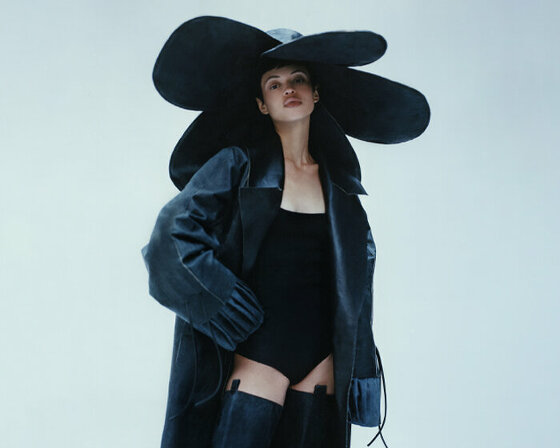Korean Pavilion PRESENTS ‘2086: Together How? at THE biennale
The Korean Pavilion questions the past, present and future in a thought-provoking installation at the 18th Venice Architecture Biennale, which runs from May 20 to November 26, 2023. Named, ‘2086: Together How?’ the exhibit focuses on the year that the UN predicts the human population will reach its peak. Designboom met with the curators Soik Jung and Kyong Park on the roof of the pavilion during the opening week.
‘There’s a lack of trust in the future, it is not bright anymore. In spite of us having wealth, freedom, and individual rights, people seem to be thinking that we are approaching a civilizational end. Why is that? The exhibition is about raising questions rather than answers, to hopefully help people to better understand global problems,’ introduces Kyong Park on the Korean Pavilion’s hopes for the exhibit
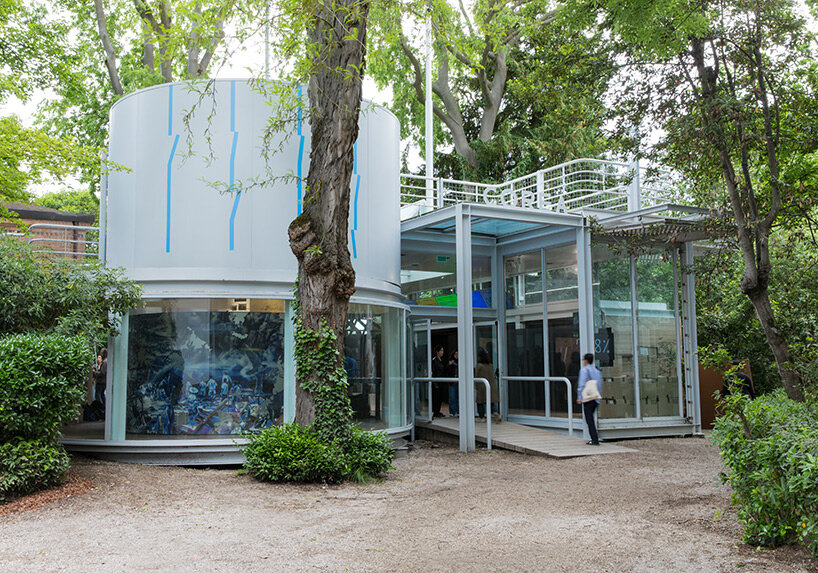
the Venice Architecture Biennale runs from May 20 to November 26, 2023 | image © Korean Pavilion
CURATORS Question visitors on ATTITUDE TOWARDS climate change
By bringing together architects, community leaders and artists, the Korean Pavilion’s project asks how we might work together to overcome the impending environmental crises until 2086. Through an interactive game, and a series of multidisciplinary installations that encompass photographs, drawings, models, video and architectural studies, the exhibition invites audiences to imagine an eco-cultural revolution through a critical reassessment of our capitalist, globalist, and colonial history.
‘We are not just focusing on macroscale problems, but also including a micro approach. We believe that the individual’s way of living and choice on the microlevel also affects the world on a macroscale. We conducted deep research in each specific area, to try and find a universal meaning,’ describes Soik Jung on the intentions of the Korean Pavilion.
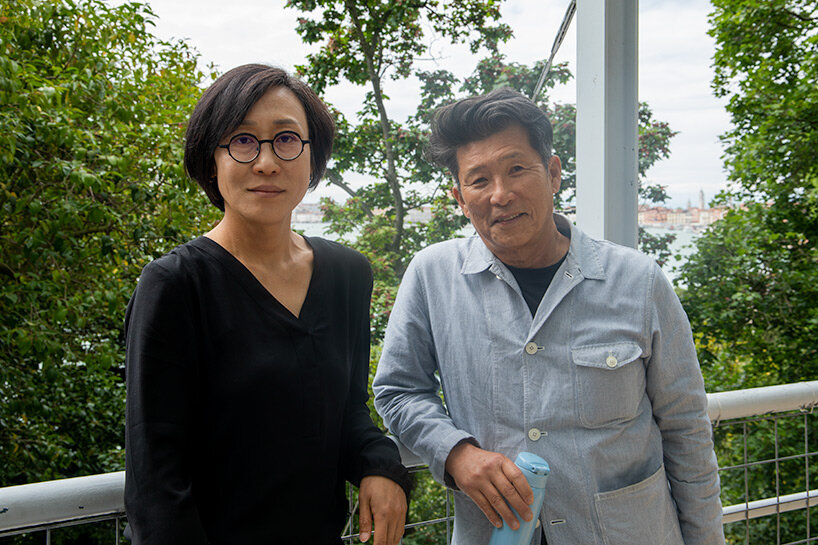
the curators of the Korean Pavilion (from left to right: Soik Jung, Kyong Park) | image © designboom
video game style INSTALLATION AT THE VENICE ARCHITECTURE BIENNALE
Central to ‘2086: Together How?’ is a participatory video game that will invite audiences to make decisions in current and future ecocultural scenarios. Rather than focusing on climatic data, the Korean Pavilion encourages visitors to understand how global environmental issues are rooted in humanity’s past choices.
‘Collectively the questions bring to mind the issues that we have to think about deeply. We know that we are heading in a direction of extinction, yet, we still want to keep buying more. We still want our house to get bigger, our cars to get bigger. We have to fundamentally change ourselves deep inside, and that’s what I’m hoping that our questions will reach,’ adds Kyong Park on the confrontational nature of the exhibition.
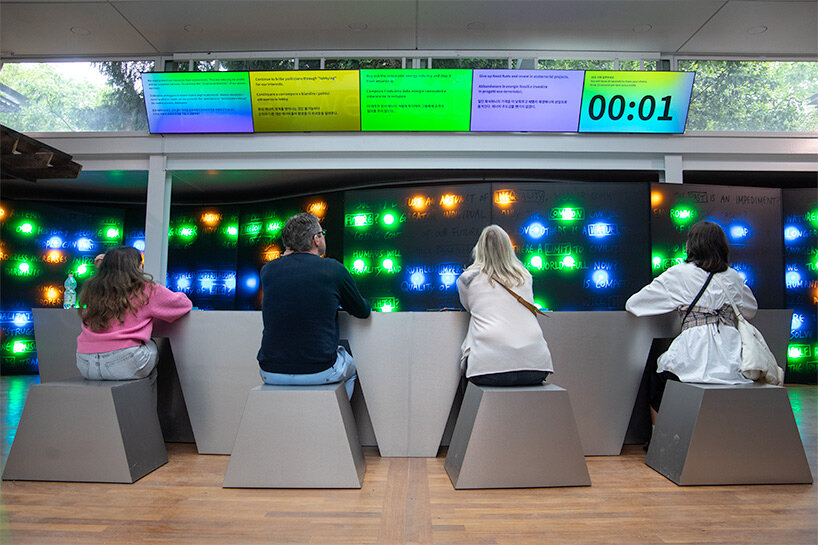
Korean Pavilion questions the past, present and future in a thought-provoking installation | image © designboom
Interview with Soik Jung and Kyong Park
designboom (DB): Can you give a description of your installations, and what you hope that it achieves?
Soik Jung (SJ): The title of our exhibition is ‘2086: Together How?’, which is the year that the UN predict that the world’s population will peak. For us, 2086 is a symbolic number, when all of the globe’s problems will also hit it’s peak. We wanted to provoke and question people on their attitude. We don’t see the future as something to foresee or predict, it is really unpredictable.
Kyong Park (KP): People are getting more and more concerned. There’s a lack of trust in the future, it is not bright anymore. In spite of us having wealth, freedom, and individual rights, people seem to be thinking that we are approaching a civilizational end. Why is that? The exhibition is about raising questions rather than answers, to hopefully help people to better understand global problems.
The concept of progress is to advance human perfection through knowledge and technology, but the idea of progress also has produced a lot of problems. That is why we set up The Game as the interactive centerpiece to the exhibit. Here, we pose 14 questions, of which contestants have three choices to make. Through putting visitors into this practice, we want people to better understand the conditions that created the past and that affect our future.
What the Korean Pavilion is saying is that the environmental crisis is not the problem. The real crisis is humans, the crisis of our civilization. We are using the environmental crisis of climate change as a mechanism to make people understand and confront questions about their humanity. The environmental crisis is a mirror reflection of human civilization and it can show a lot of, not only successes, but the faults that the progression of humanity possesses.
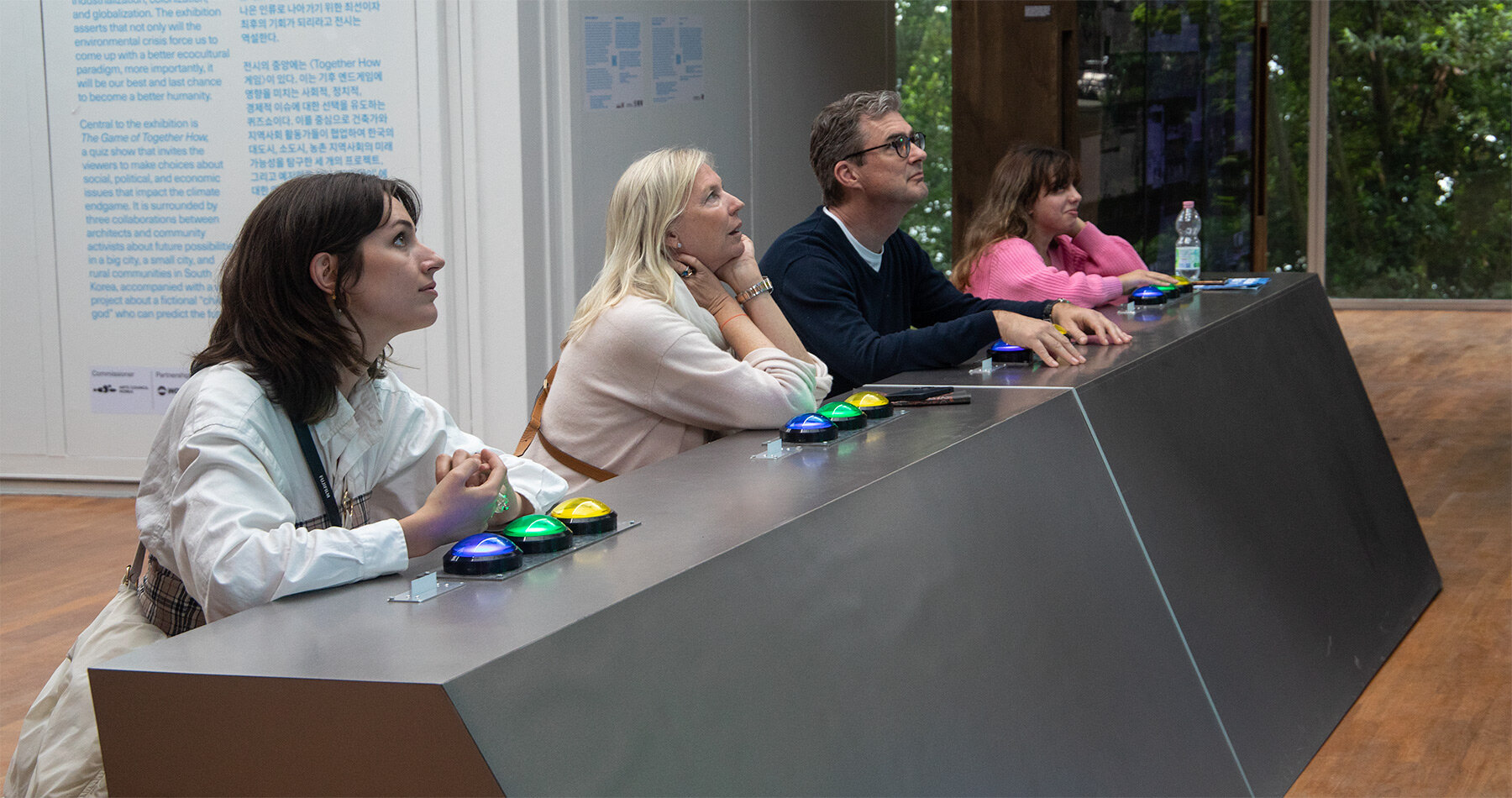
DB: What was the research process like for 2086: Together How?
SJ: We have chosen three different regions. One is the mega city with a population of over three million. The second one is a middle sized city with a population of 260,000. And the third, is small villages in Gyeonggi province. There are villages here where the population is declining, with immigration of workers or married people, because of issues like mobility and diversity. We wanted to cover the conditions and situations of these small communities.
We are not just focusing on macroscale problems, but also including a micro approach. We believe that the individual’s way of living and choice on the microlevel also affects the world on a macroscale. We conducted deep research in each specific area, to try and find a universal meaning. Each research team was composed of architects and local experts.
KP: The research comes together to provide parcels of understanding, almost like a puzzle. It gives a kind of overall view, that one place simply cannot provide on its own.
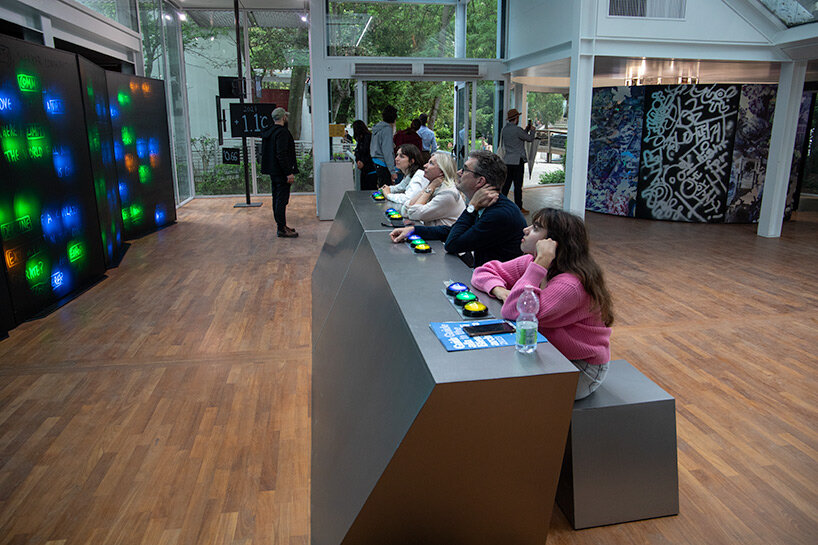
the project asks how we can work together to overcome the environmental crises | image © designboom
DB: For readers who won’t get to visit Venice, how would you physically describe the installation?
KP: The exhibit’s central focus is ‘The Game’, which is surrounded by three community works that are displayed through film, video and sound. As a whole, it operates in a cohesive way, where the structure is more theoretical rather than just visual. The Game is based on being like an old school TV quiz show. It is very big picture, and the questions are informed by both history and the future, dating back to 1492 and up to 2086.
It looks at a much longer historical timespan as well being global, perhaps even universal. The 14 questions address possibilities on the future, through political, economic, and social choices. The players can select three options for each one of those questions, by hitting a differently colored button. There is a huge wall, which is a scoreboard composed of 410 light bulbs, in which every time a contestant selects one button, it lights up one light. It is modeled from one of the first digital computers called ENIAC.
We collect the data of the choices that people make, and those answers dictate what is written on the Echogram, composed of seven blackboards. There seven environmental climate change statistics are written, from global temperature, sea rise, co2 density, availability of water, migrations numbers, economic inequality and consumption. It allows people to fictionally imagine how they would control the climate if they could.
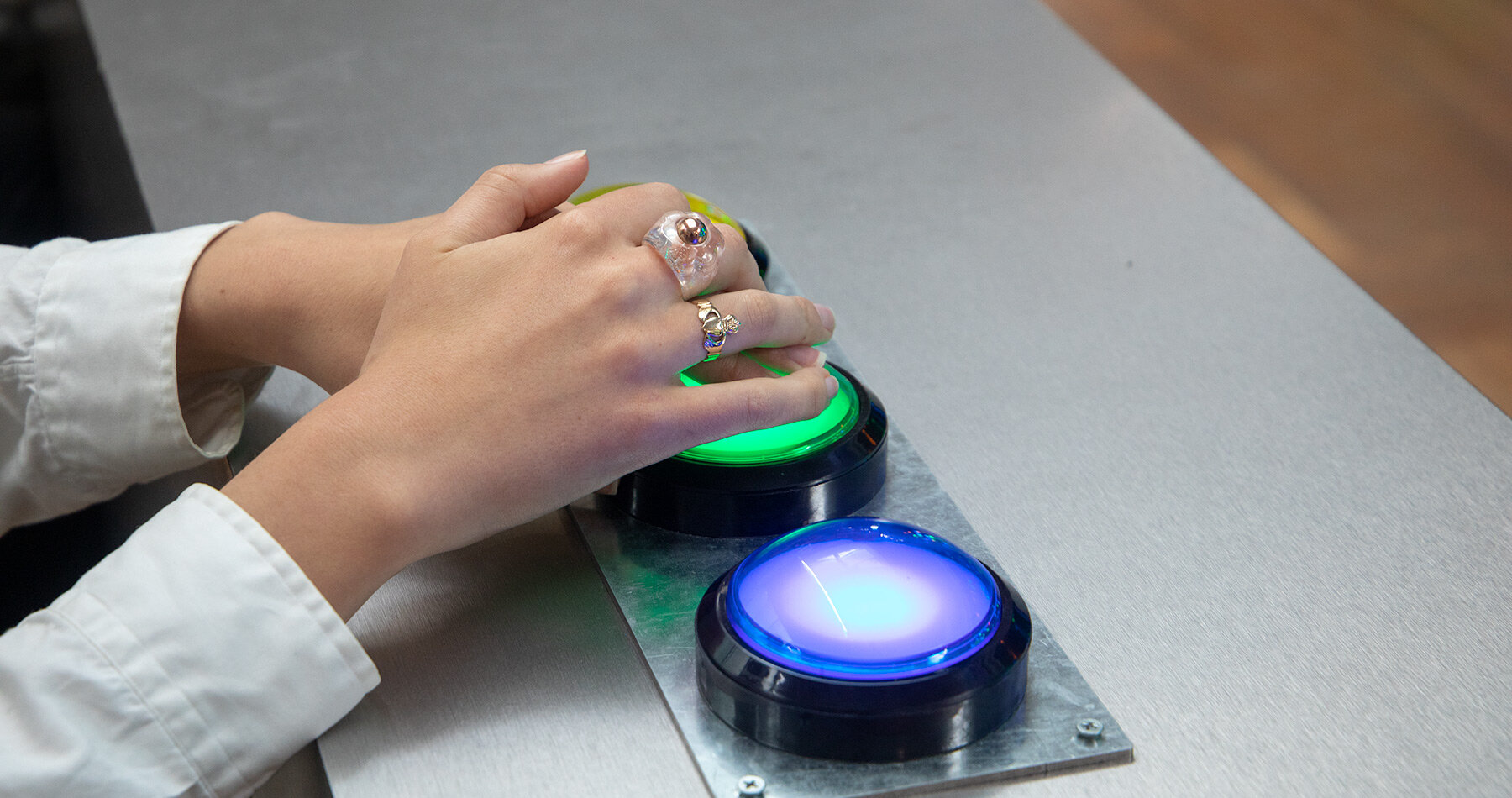
DB: What impact do you hope for the immersive installation to have on visitors to the Biennale?
KP: Collectively the questions bring to mind the issues that we have to think about deeply. We know that we are heading in a direction of extinction, yet, we still want to keep buying more. We still want our house to get bigger, our cars to get bigger. We have to fundamentally change ourselves deep inside, and that’s what I’m hoping that our questions will reach.
SJ: We need to keep questioning and wondering how to respond, today, to the threats of the future. We must avoid being ‘cheerful robots’, who are generally very passive, and don’t think about anything, which just exist.
KP: The exhibition is very confrontational, it’s really trying to shake people up, and say look, you have to deal with this, you can’t just go from one day to another with no thought. So it really tries to push people and challenge people to face up to the reality that they have ignored.
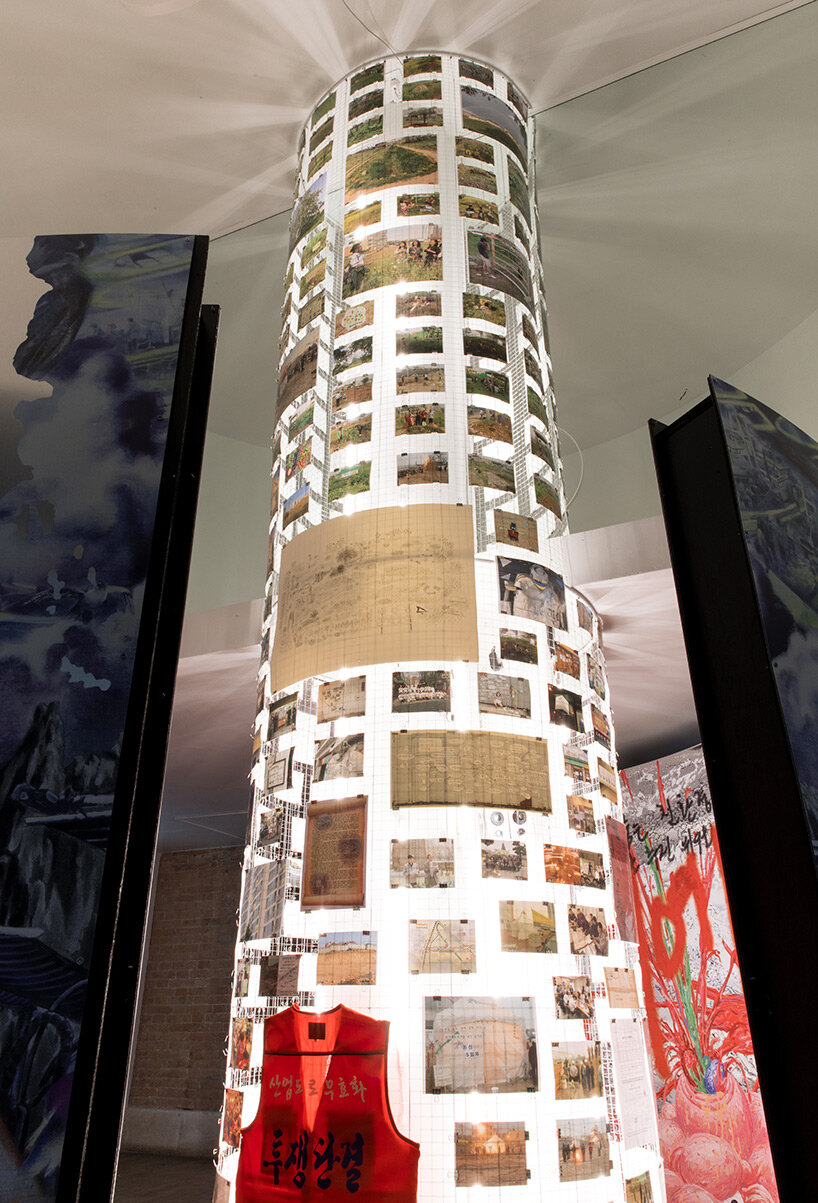
Korean Pavilion encourages visitors to understand how global environmental issues are rooted in humanity
image © Korean Pavilion
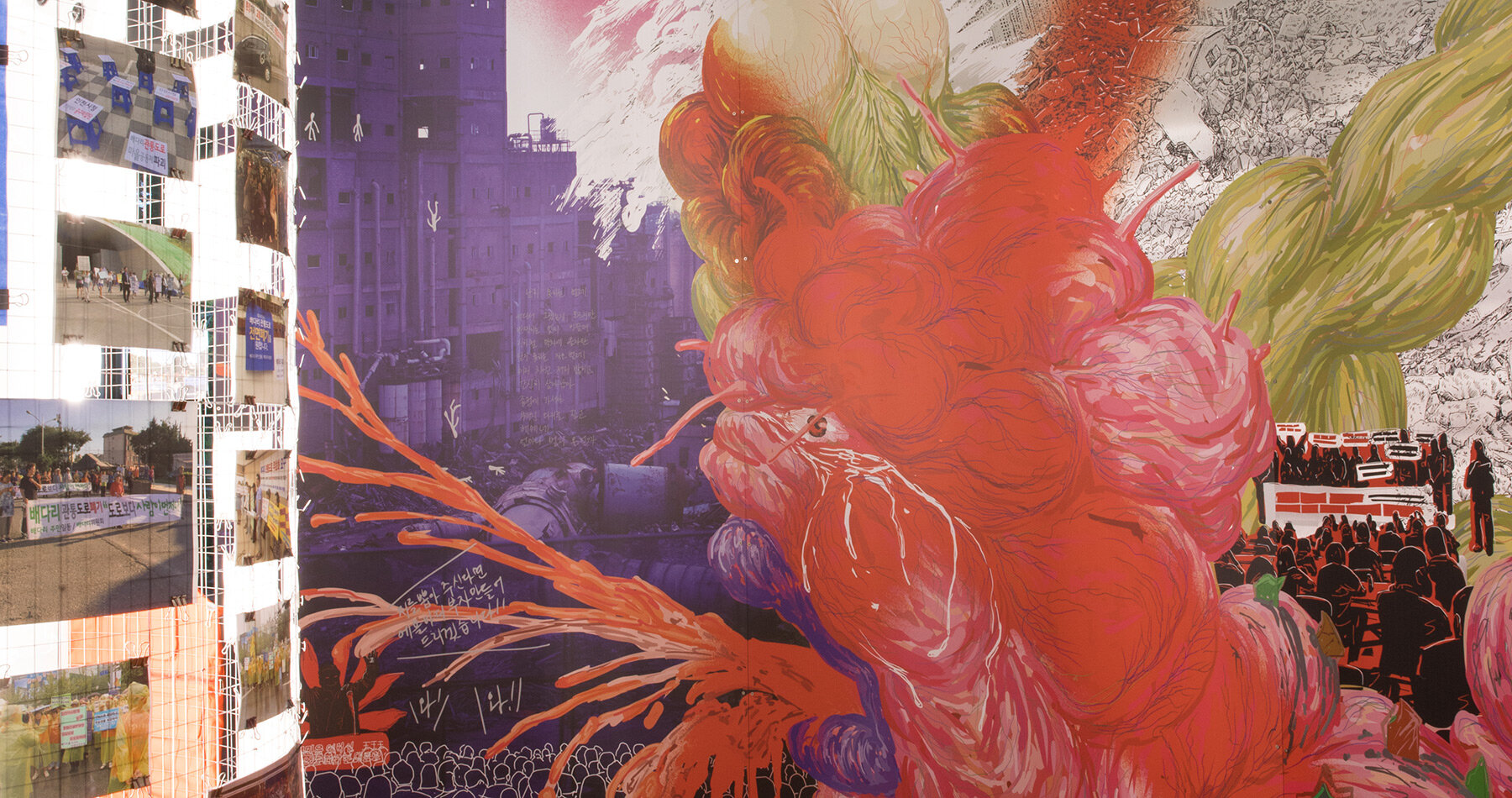
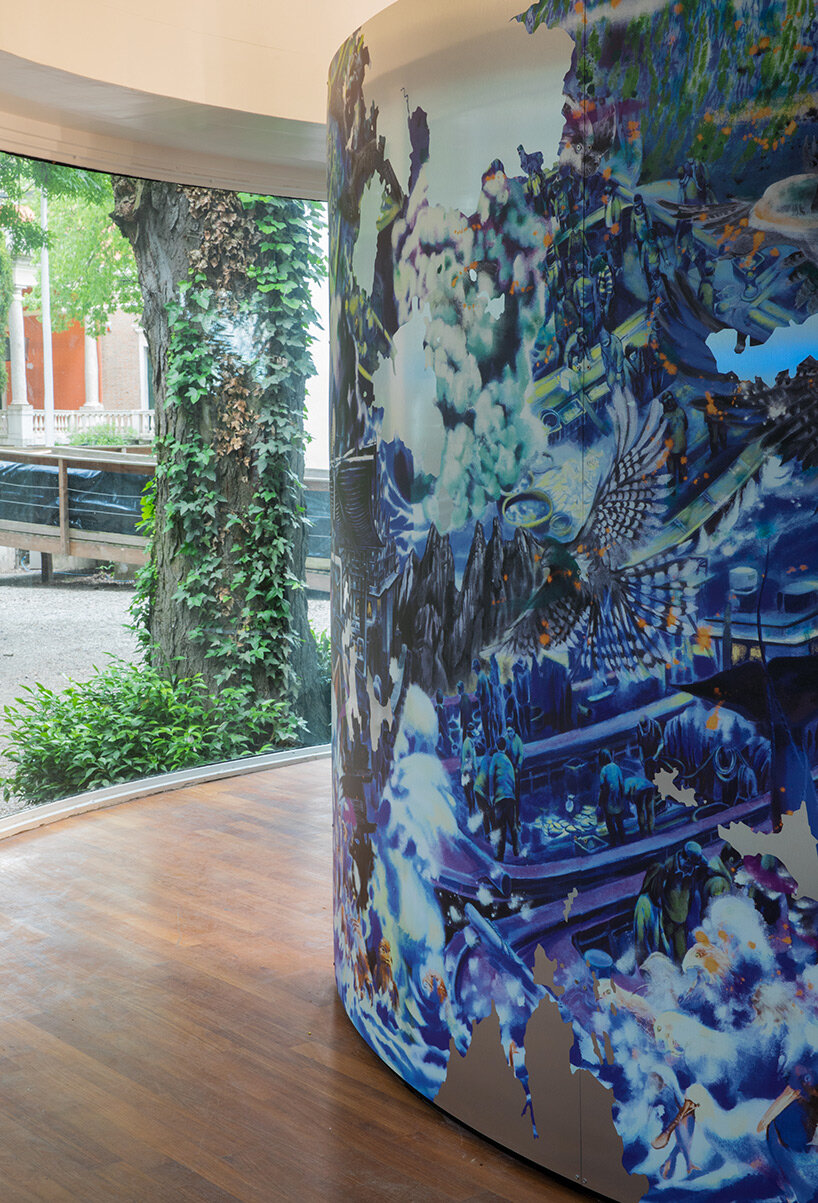
‘we must avoid being ‘cheerful robots’, who are very passive’ | image © Korean Pavilion
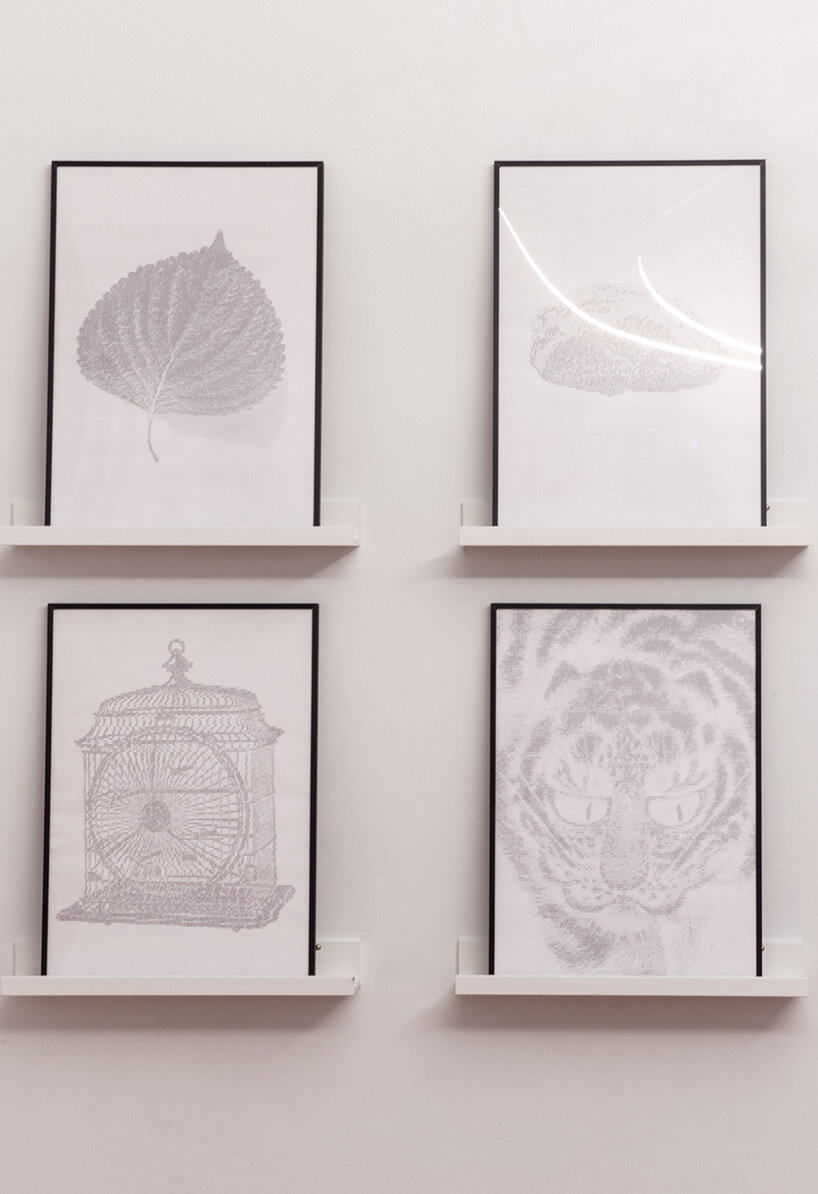
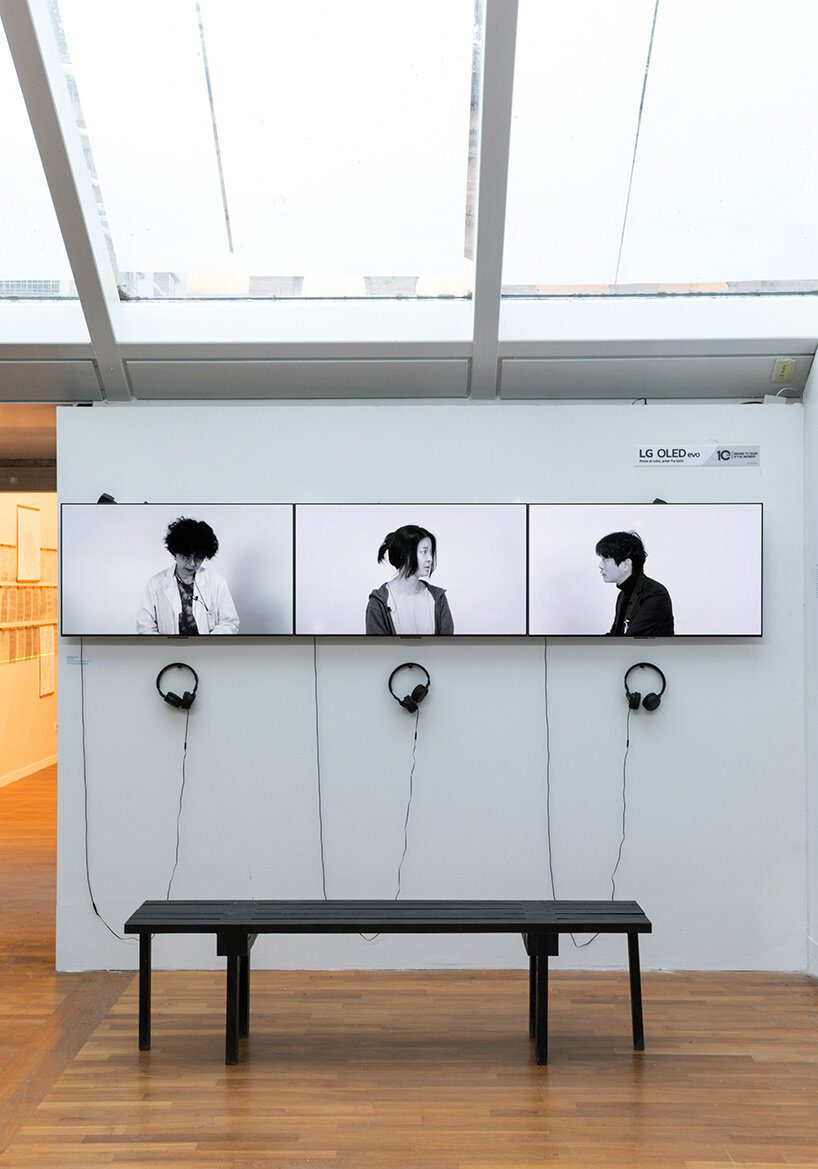
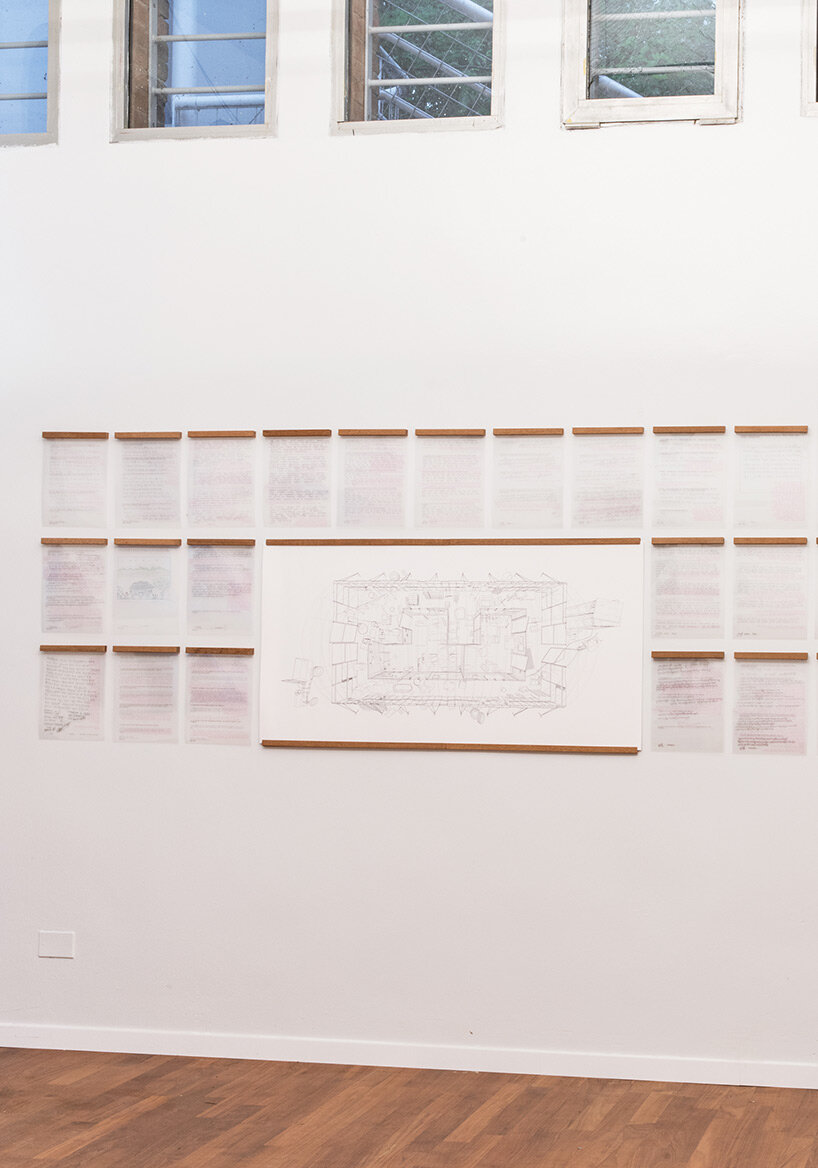
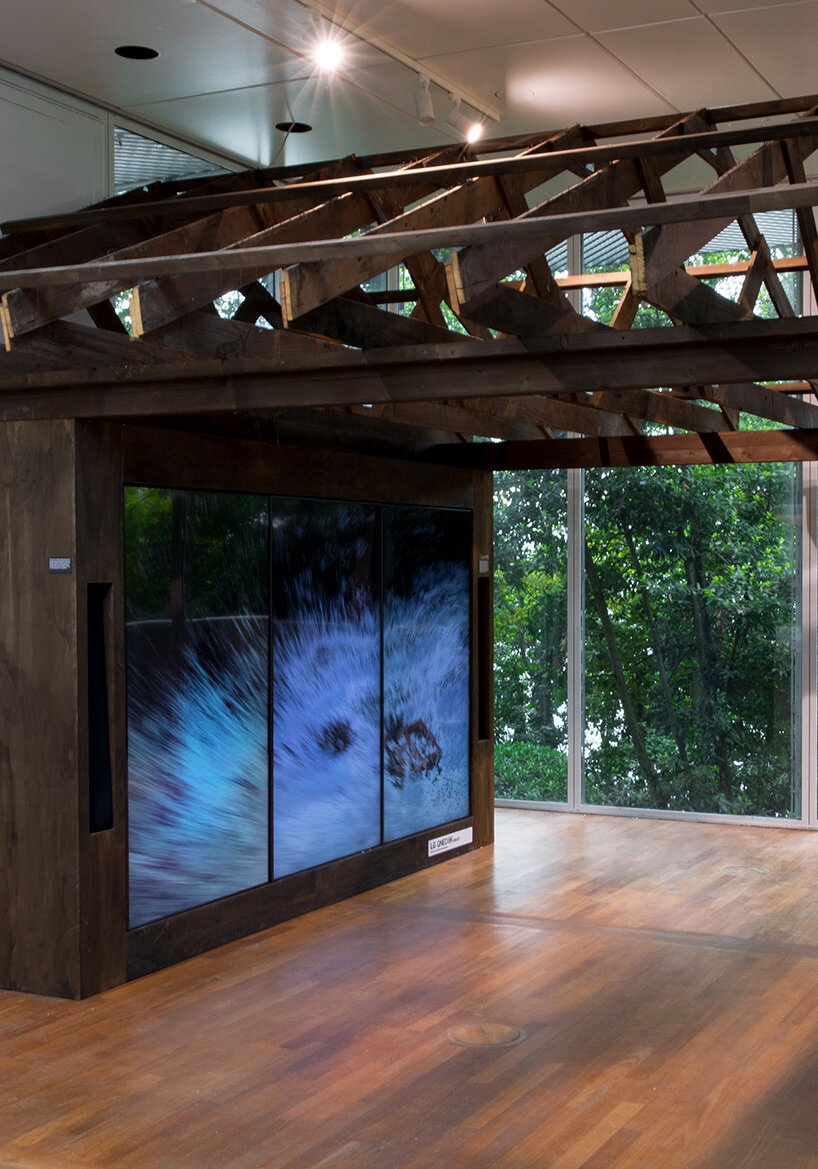
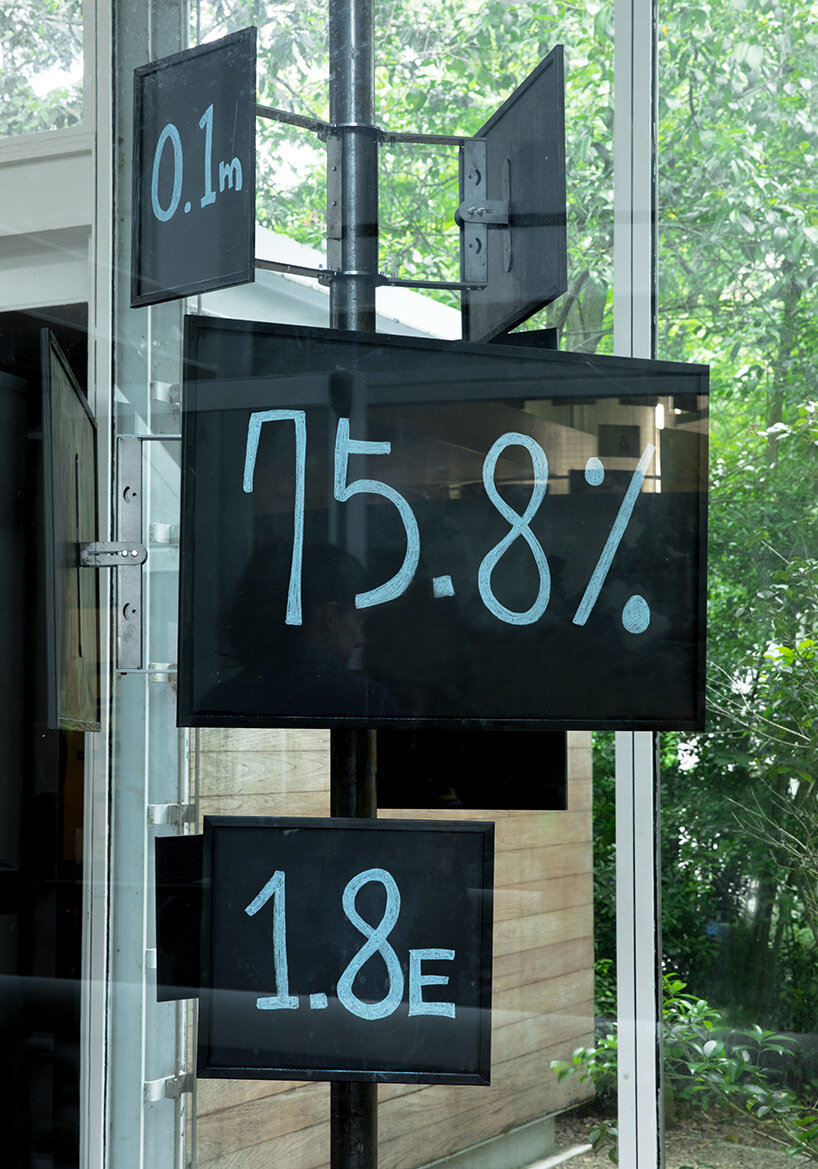
project info:
name: 2086: Together How?
location: Korean Pavilion, Giardini
curators: Soik Jung | Kyong Park
event: Venice Architecture Biennale 2023
Explore designboom’s ongoing coverage of the 2023 Venice Architecture Biennale: The Laboratory of the Future here, and follow our dedicated channel on Instagram here.
ARCHITECTURE INTERVIEWS (260)
CLIMATE CHANGE (147)
DESIGN INTERVIEWS (35)
EXHIBITION DESIGN (507)
VENICE ARCHITECTURE BIENNALE 2023 (40)
PRODUCT LIBRARY
a diverse digital database that acts as a valuable guide in gaining insight and information about a product directly from the manufacturer, and serves as a rich reference point in developing a project or scheme.
